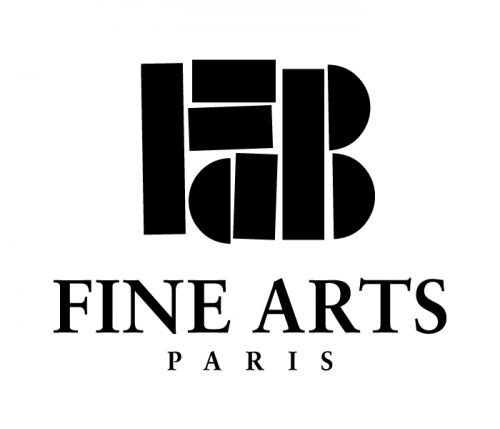Albert Marquet takes his first and deepest inspiration from Gustave Moreau. Like Henri Manguin, Henri Matisse and Charles Camoin, he attends his classes from1895 to the death of the master in 1898, which forces artists to disperse themselves in different workshops. They will, however, maintain a lasting friendship, common concerns and share several exhibitions, at least until the first decade of the twentieth century.
In Marquet's work, one may observe a genuine influence of Japanese etchings, more specifically in his grasp of the layout. Thus, Matisse emphasizes similarities between Marquet's and Hokusai’s visions. At that time, Paris is then bathed in Japanese culture, mainly due to many exhibitions to which Samuel Bing is often associated. Additionally, Gustave Moreau himself had a real passion for Japanese etchings.
Marquet is highly impressed by this aesthetic and adopts some characteristic features of this representation, including the elliptical transcription of forms or the use of unusual framing, which may, for example, be hampered by an invasive foreground. But the contribution of printmaking in Marquet's work is visible through a general perception of space completely different than the one that has been dominant in Western countries for several centuries.
In 1905, the painter stays some time at the Villa Demière in Saint-Tropez, following Manguin’s invitation. Charles Camoin joins him. Then, they start travelling and working together around the Mediterranean. They go to Agay to paint with Louis Valtat and Edmond Cross, and visit Marseille.
During the First World War, between 1916 and 1918, Marquet returns to the Marseille. There, he rents a studio Quai Rive-Neuve, with a breath-taking view of the old port. From his window, he can spend hours observing a teeming life, organized around the basin. In the background of Marquet’s painting, the ferry bridge’s schematic perpendicular responds to the vertical masts of the boats. In his work, the painter achieves to capture an instantaneity that gives substance to the pictorial reality, and in a quite paradoxical way, to eventually confer a character of universality and permanence.
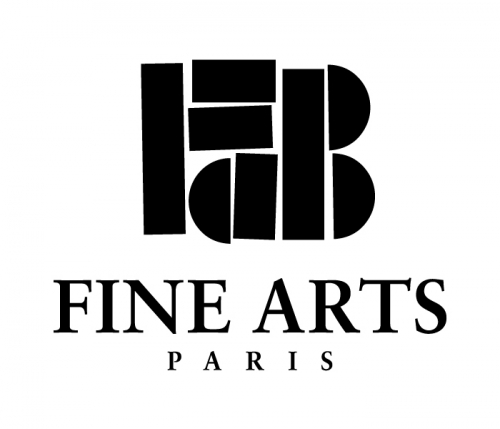
FAB PARIS 2025
20 September 2025 - 24 September 2025
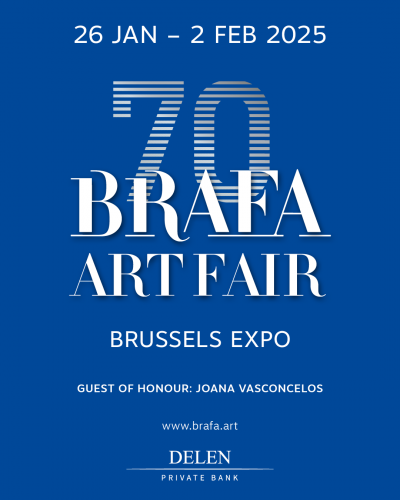
BRAFA 2025
24 January 2025 - 3 February 2025
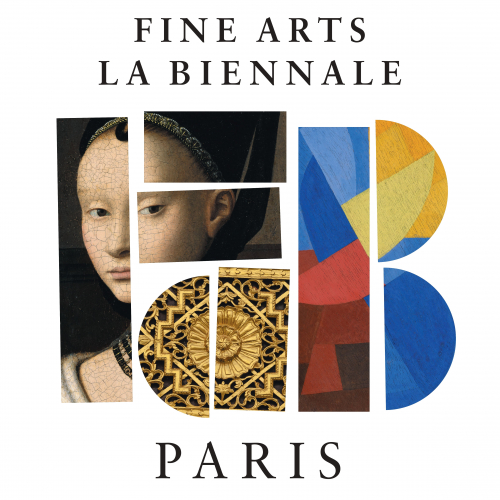
FAB 2024
22 November 2024 - 27 November 2024
BRAFA 2024
28 January 2024 - 4 February 2024
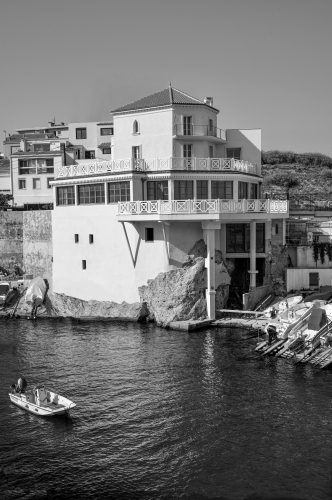
INAUGURAL EXHIBITION AT THE REINE JEANNE PAVILION
3 October 2023 - 15 November 2023
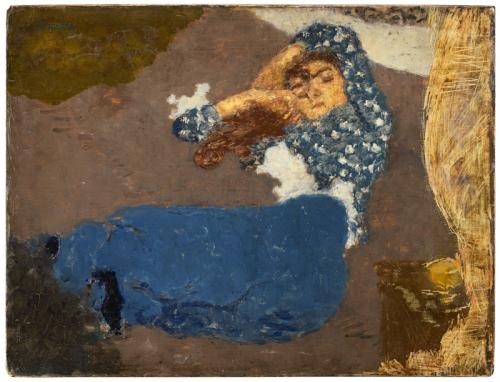
BRAFA 2020
26 January 2020 - 2 February 2020
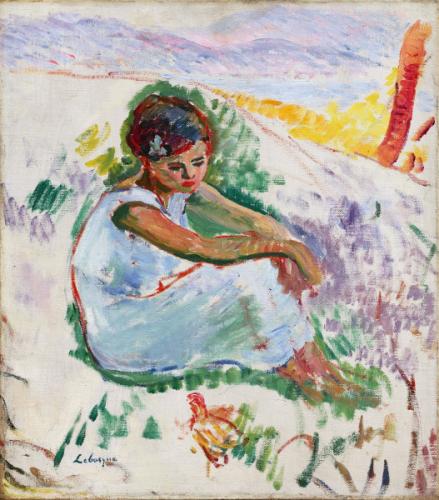
Happy Birthday Galerie Pentcheff
11 January 2019 - 9 March 2019
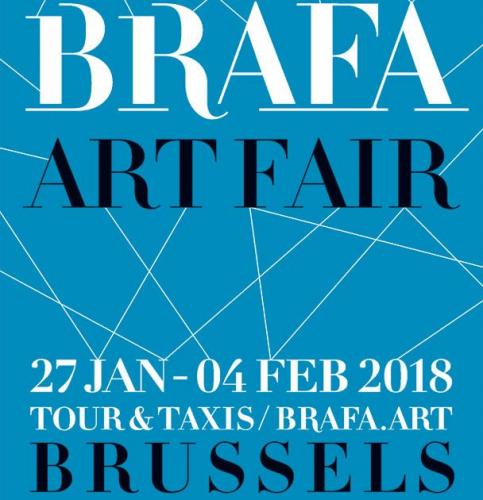
BRAFA 2018
27 January 2018 - 4 February 2018
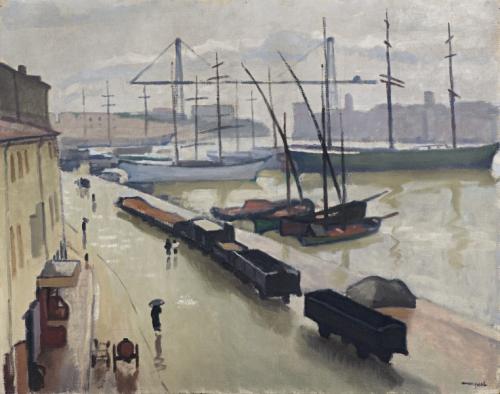
Gallery Reopening
22 October 2015 - 26 February 2016

